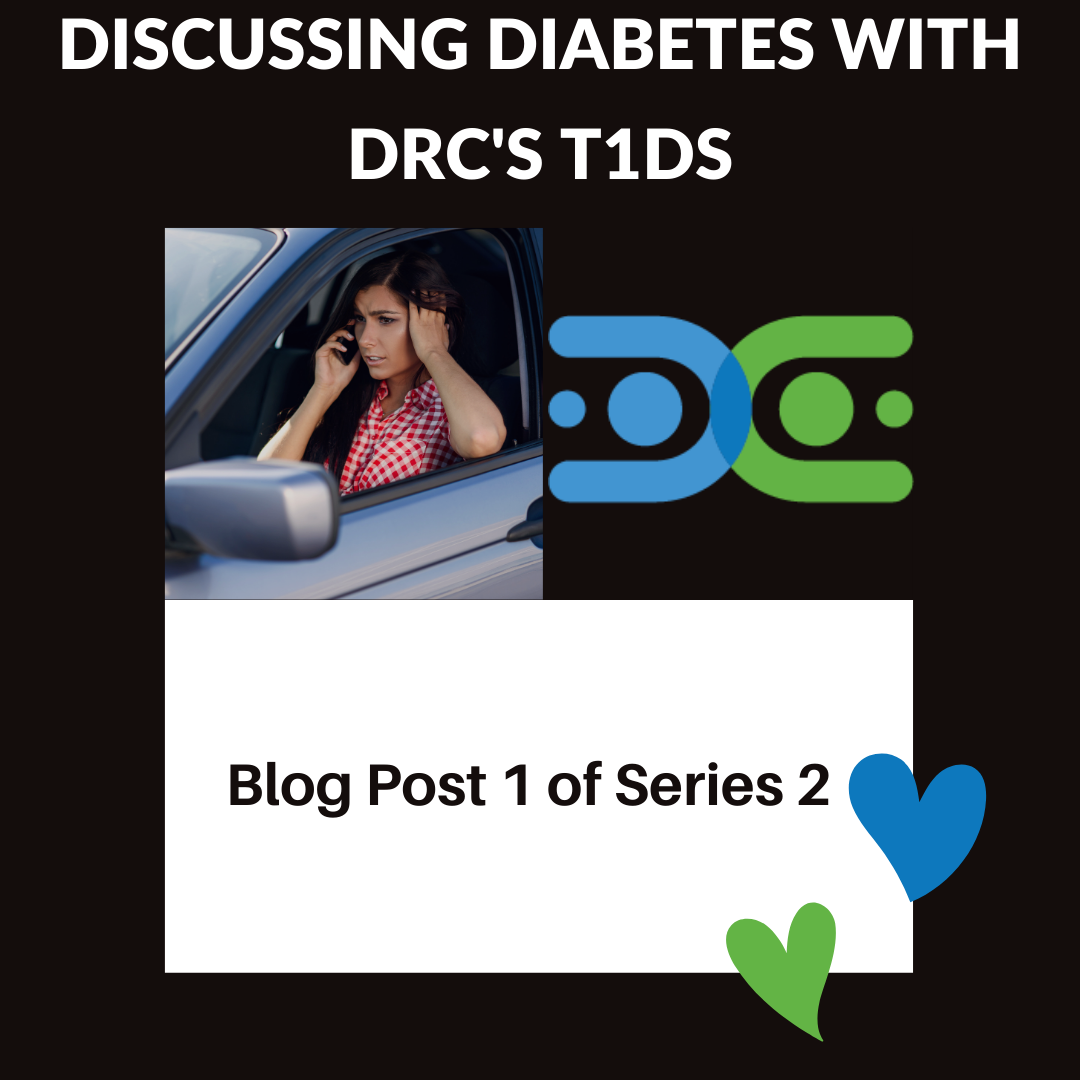When I read Makaila Heifner’s article on Beyond Type 1 called, “The Driving Diabetic,” it brought me back to when I first got my license. I was already stressed about parallel parking, hitting curbs, and driving on the freeway–and then, unlike most of my friends, I also had to stay aware of how my disease impacted my driving abilities.
Makaila recommends that people with type 1 diabetes check their blood sugar every time before they drive to make sure they are at an adequate level. This has become a consistent part of my driving routine: knowing that my blood glucose is stable helps ease my anxiety while driving and gives me confidence that my journey will be safe. I have a Continuous Glucose Monitor, which allows me to see my blood glucose levels on an application on my phone. Makaila mentions how this helps her catch her blood glucose levels before they plummet or spike. However, the notifications I get from my phone can be distracting, and I cannot glance at my phone while I am driving. If I see a notification from my CGM pop up, I will pull over wherever is safest and check my blood glucose levels.
My parents always tell me, “if you feel even a little bit low, do not keep driving. Pull over and call someone.” At age sixteen, this sounded ridiculously inconvenient. But, as Makaila reminds me, “Type 1 is never convenient.” I got low blood sugar one of the first times I drove with my father, and it was a very scary experience. My vision got blurry, and I had a hard time concentrating on the road. Makaila talks about how “driving with a low is the equivalent to driving drunk.” Thankfully, we were on a pretty slow road so I could pull into a parking lot, and my father drove the rest of the way home while I sipped out of a juice box. But, on the occasions where one does not have a passenger to take over the wheel for them, they have two options: one option is to pull over, eat something, and hang out for about twenty minutes until their blood sugar levels have returned to normal. When I do this, I call a friend or family member so they are aware of my situation. Sometimes I even share my location with them so they know where I am, in case I do not respond to their messages when I begin driving again. The second option for diabetics who experience low blood sugar while driving is to pull over, eat something, and call a friend or family member to pick them up (usually my friend or family member will Uber to me so they can drive my car home). I do this when my blood sugar levels are extremely low, and I know I won’t feel safe to drive again for a while.
It’s important to make sure you always have a bag of low snacks in the car, as well as extra diabetes supplies. Although I have had diabetes for almost my entire life, sometimes I still forget needles or test strips. Trust me, it’s not fun to be stuck somewhere without the ability to give insulin or check your blood glucose levels.
I have been driving for only four years, and now my pre-driving planning occurs almost unconsciously. Stable blood sugars? Check. Low supplies? Check. Sunglasses and good music? Double check. Although type 1 diabetics have a few more things to consider while driving, driving with diabetes can still be manageable and stress-free.
This blog was written by Lauren Grove, DRC Intern, who has had T1D for 15 years and is responding to the article, “The Driving Diabetic.”





